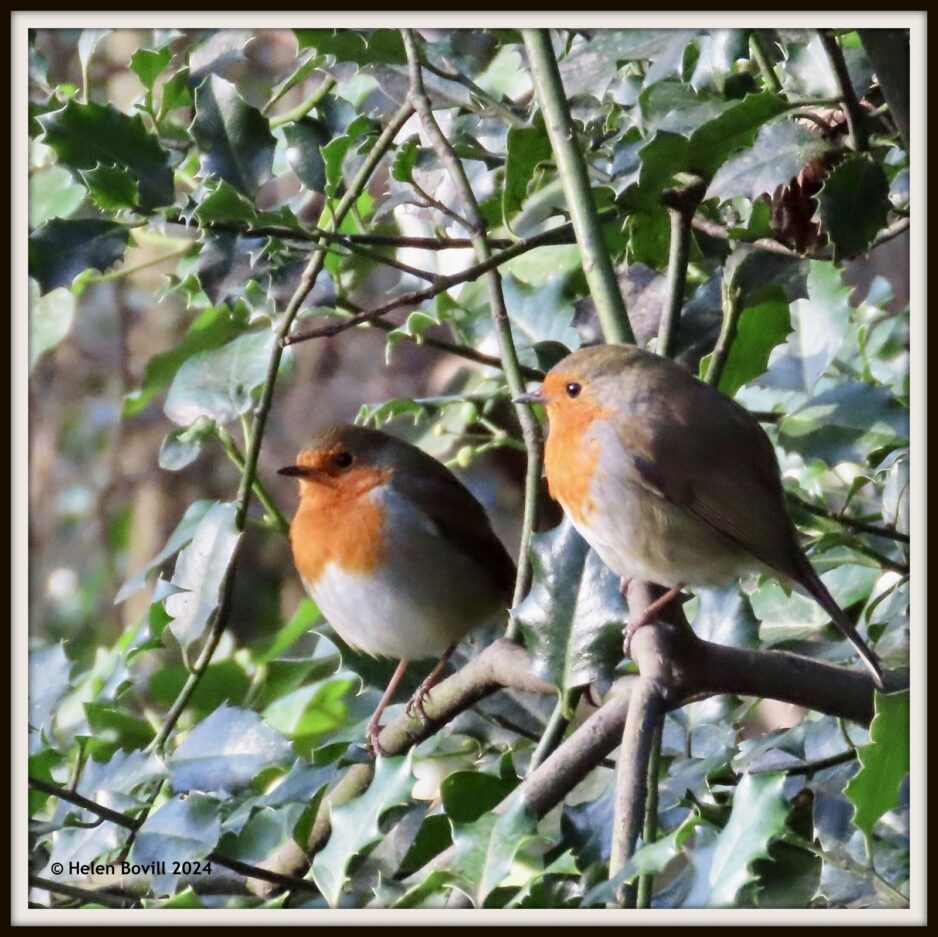The year started off with a beautifully sunny day and temperatures of just a few degrees. Then there was a day of heavy rain. Then we had some dry, cool days, allowing the footpaths around the cemetery to slowly begin to dry out. In the middle of the month Hull had about a week of very cold, frosty days with sub-zero temperatures. This was followed by two named storms in quick succession. I’m happy to report the high winds didn’t cause any major damage to any of the trees in the cemetery. But generally, it has been quite a dry January. The cemetery wildlife has been as active as ever with good numbers of birds around.
Birds
Small Birds
The featured photo this month shows two Robins that I saw on one of my many walks around the cemetery. They’re very territorial birds but these two seemed to be tolerant of each other. This suggests they’re probably a couple, paired up and looking for a suitable nesting site.
I was delighted to get a few brief glimpses of a Goldcrest, searching for tiny insects in the Ivy. The cemetery provides excellent habitat for them, but they’re very difficult to see.
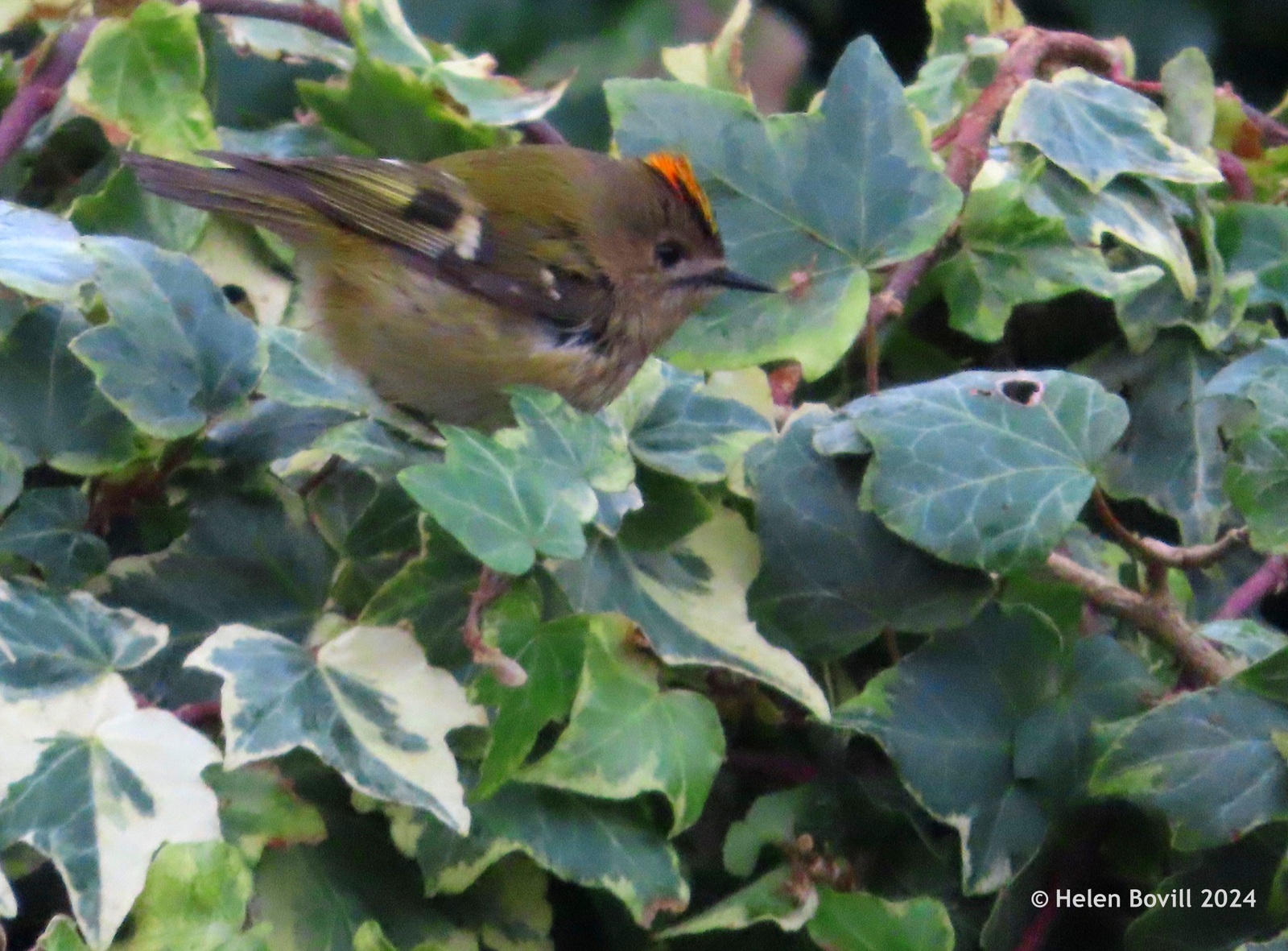
They’re very similar to the much rarer Firecrest – please see the link at the end of the report for more information.
I saw the 3 Bullfinches I mentioned last month on numerous occasions. I still find it a delight to see that distinctive shade of salmon pink up in the trees.
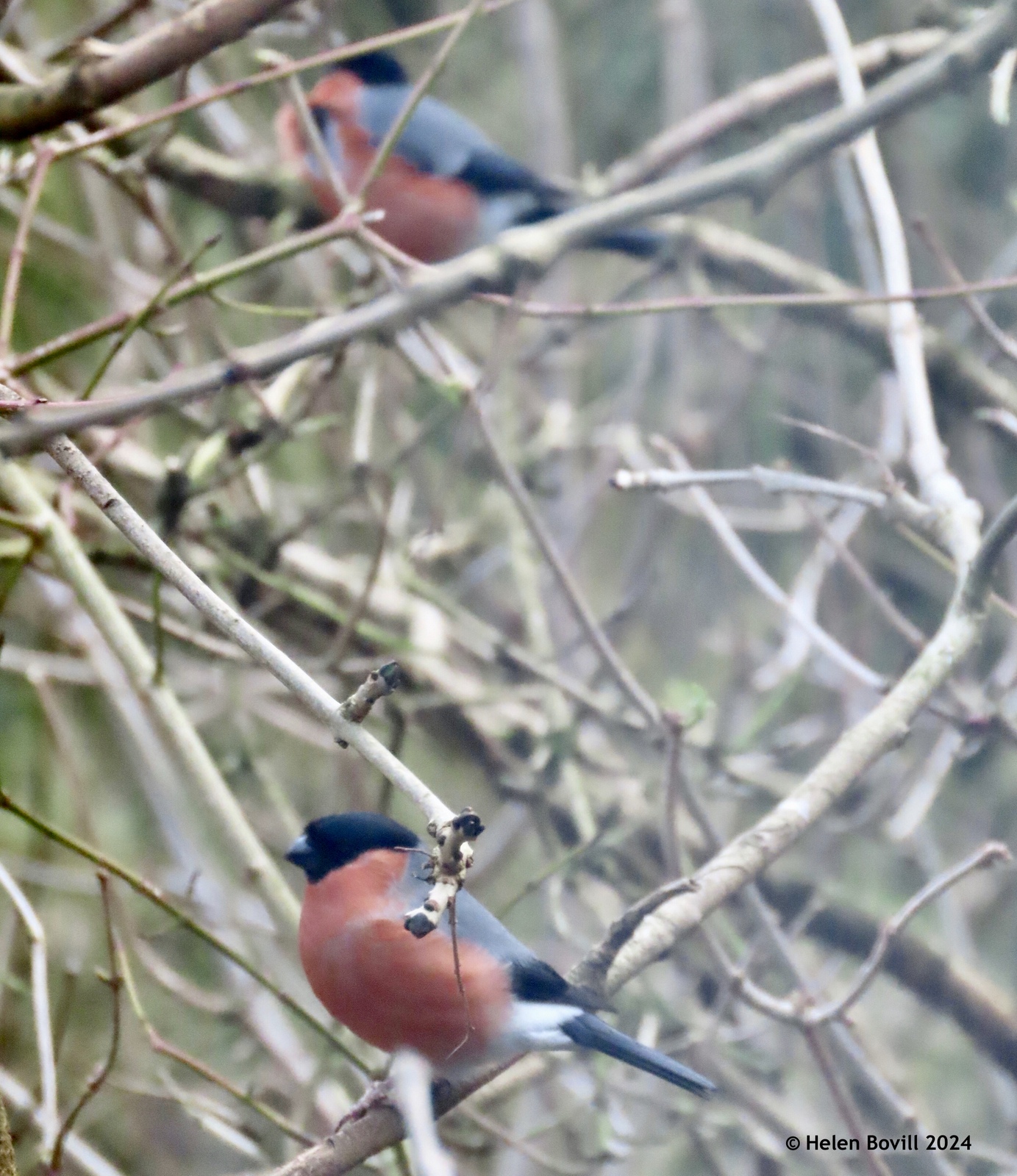
I’ve also seen lots of Chaffinches in the cemetery, and Goldfinches too, often in small, highly vocal flocks.

I saw a Dunnock, and plenty of Great Tits and Blue Tits this month. Blue Tits seem to be the most numerous of the cemetery’s bird species. And high up in the trees I sometimes caught brief glimpses of a fast-moving flock of Long-tailed Tits. One day some of them came lower down and one landed in a tree quite close to where I was standing.
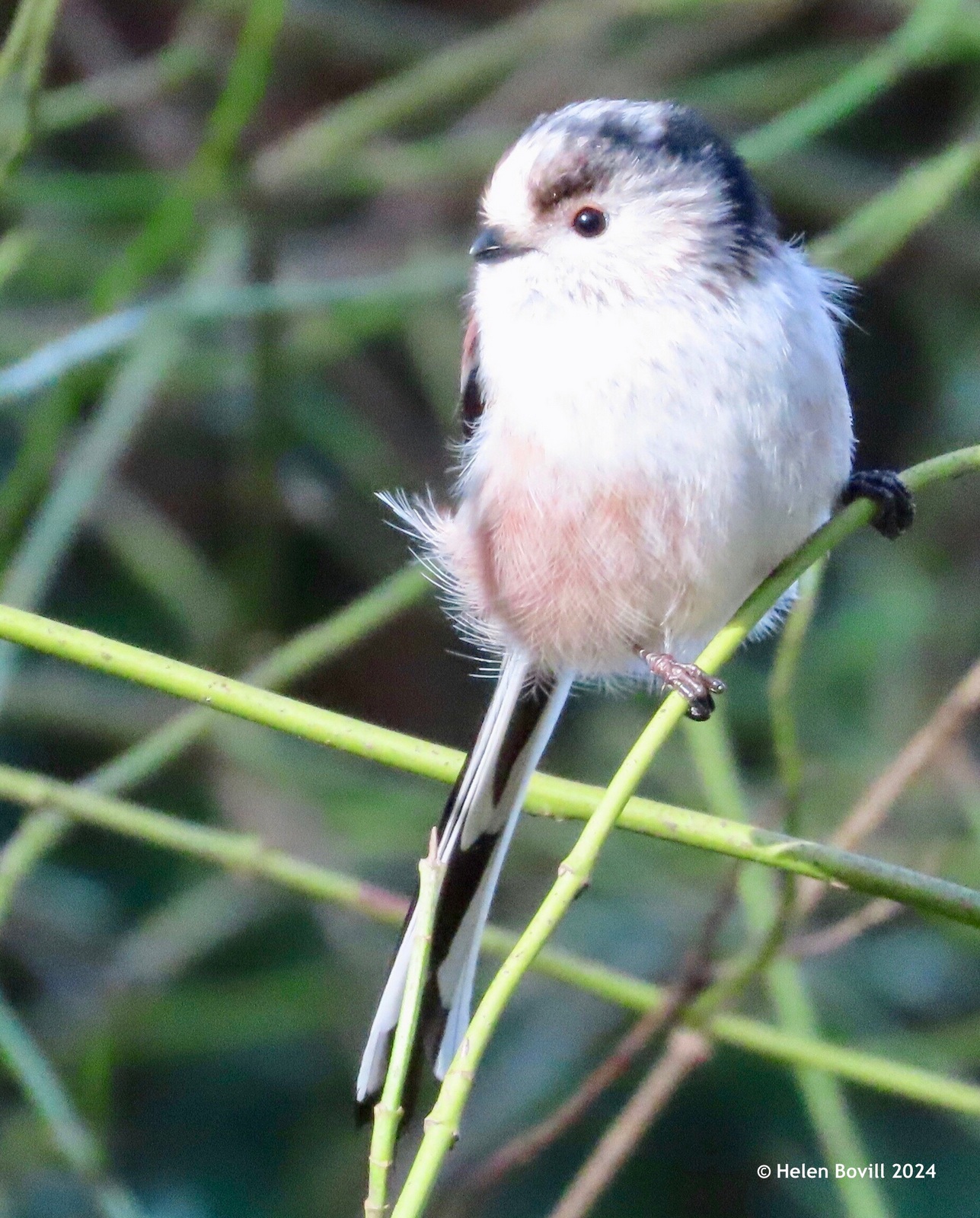
The avian branch of the cemetery wildlife seems to be thriving at the moment and I’m sure the close proximity to houses on the northern boundary has helped them. Several of their gardens, I’m sure, will have bird feeders and sources of water in them. Shelter too. The RSPB’s “Big Garden Birdwatch” took place during the last weekend of the month and this might well have motivated people to put out food and water to attract them.
Larger Birds
I saw Blackbirds, Carrion Crows and Magpies as usual this month, and caught a brief glimpse of a thrush. It was too quick for me to tell which species it was – Song or Mistle – though. I saw two Stock Doves this month.

However, they’re not an abundant species – the main species of larger bird is the Wood Pigeon and I saw several of these all over the cemetery. They’re bigger than Stock Doves and have a white patch at each side of the neck and different coloured eyes.
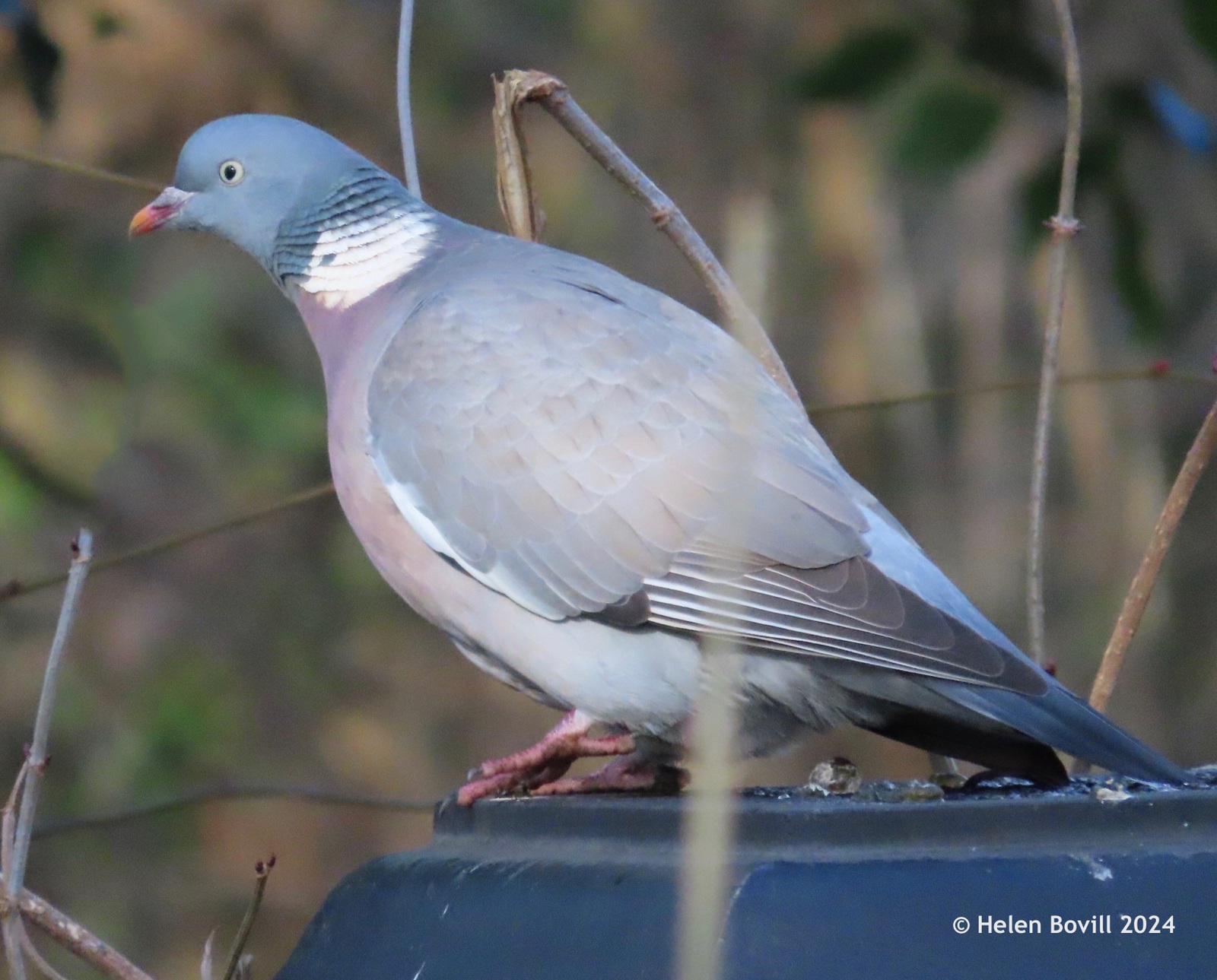
I often see them on the ground and perching on the headstones. But if you hear a loud flapping noise high up in the trees, look up and you’ll probably see one, reaching for the berries of the most abundant plant in the cemetery.
Plants
Plants – fruit
That most abundant plant is Ivy and its berries are now ripe and ready for the cemetery wildlife to eat! This plant is very beneficial to wildlife, providing food and shelter. Where it acts as ground cover it helps keep the area free of frost, making foraging easier.
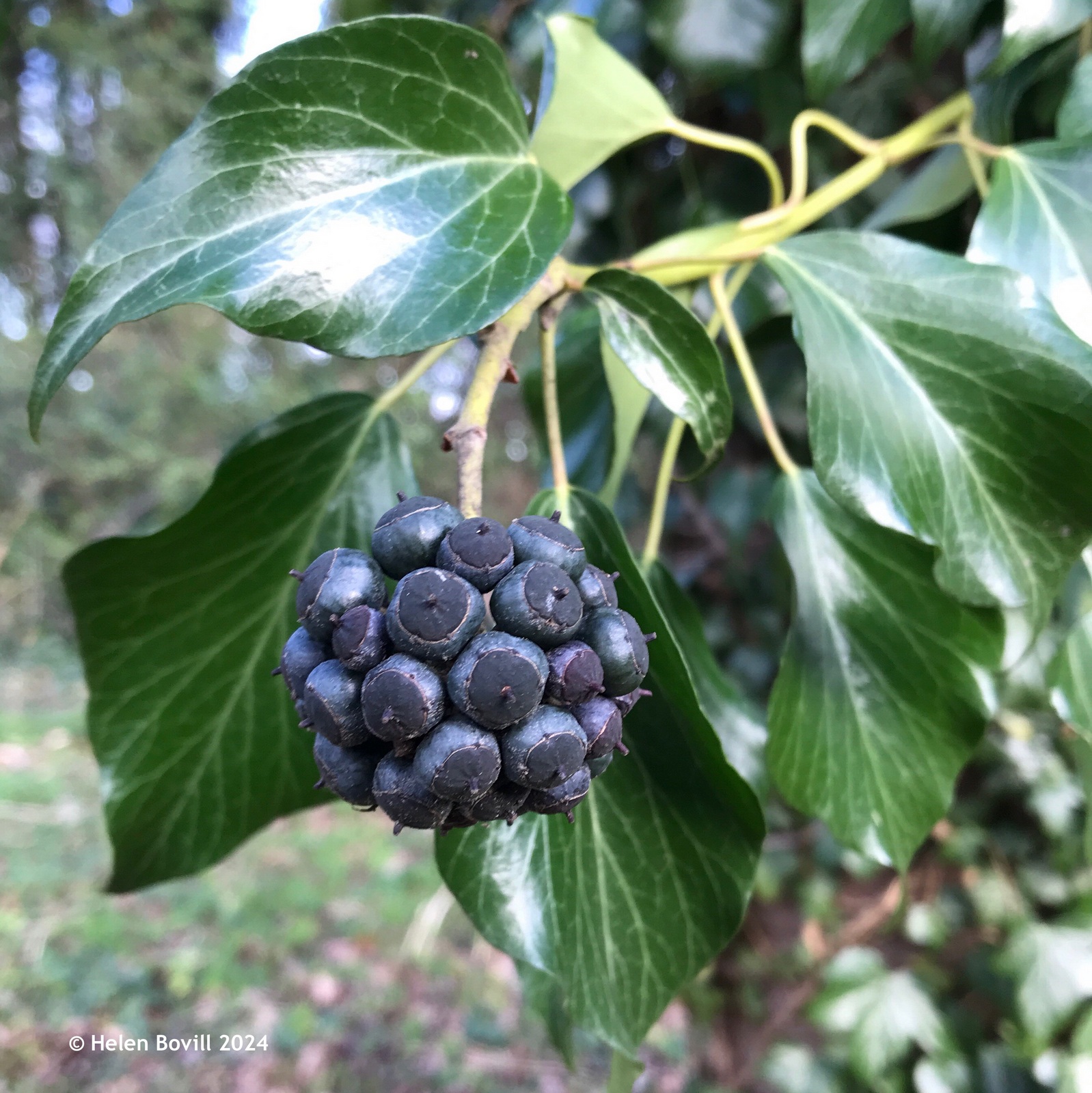
I noticed some of the Pyracantha bushes still had berries on them, and the Holly and Berberis too. In addition I found a Rowan (also known as Mountain Ash) with some berries on it.
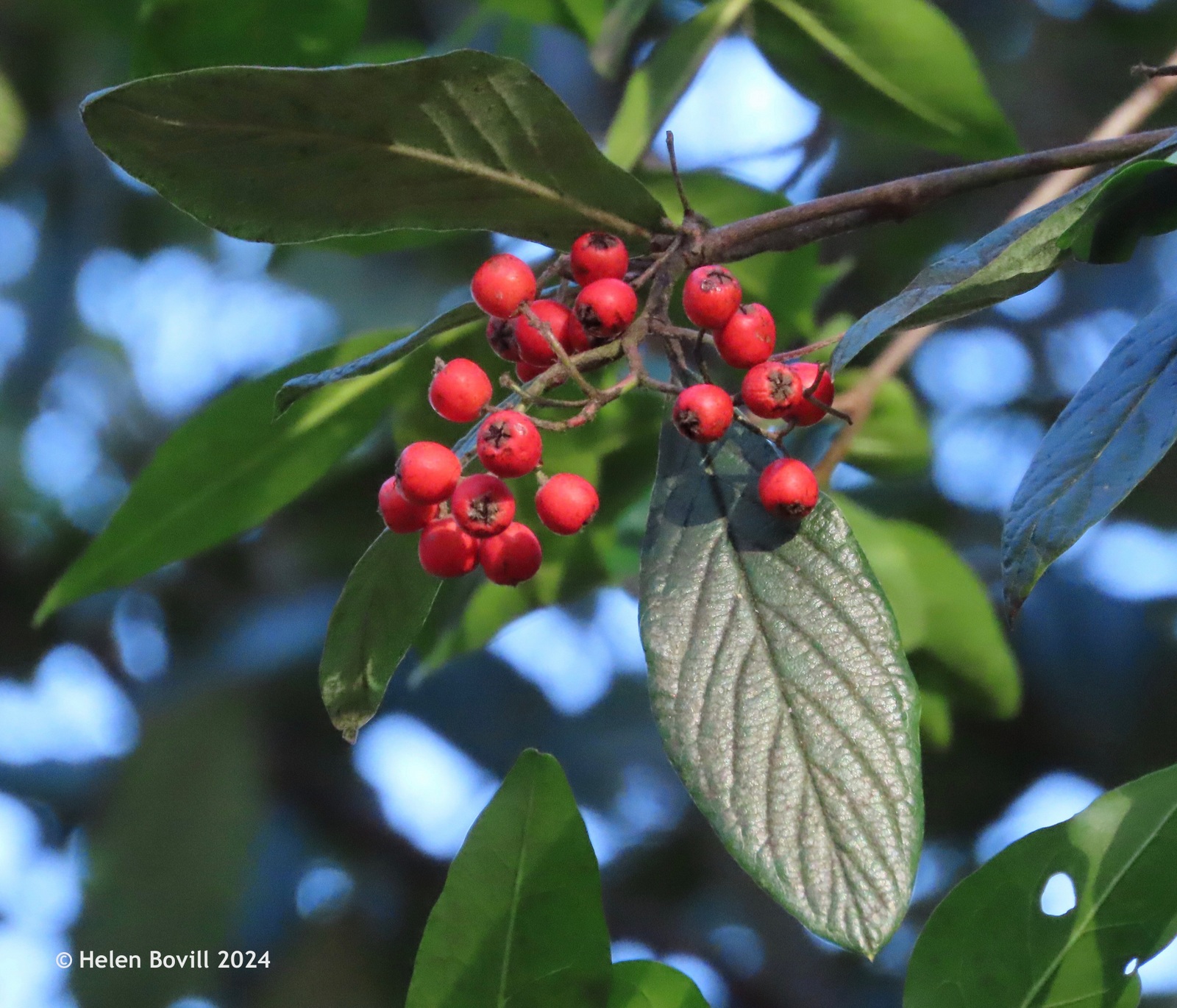
Plants – flowering
The council finally cut the grass verge along Spring Bank West during the first part of the month. This took place just in time to avoid damaging any of the newly emerging plants. It looks like it was given a high cut, leaving some of the lower greenery intact.
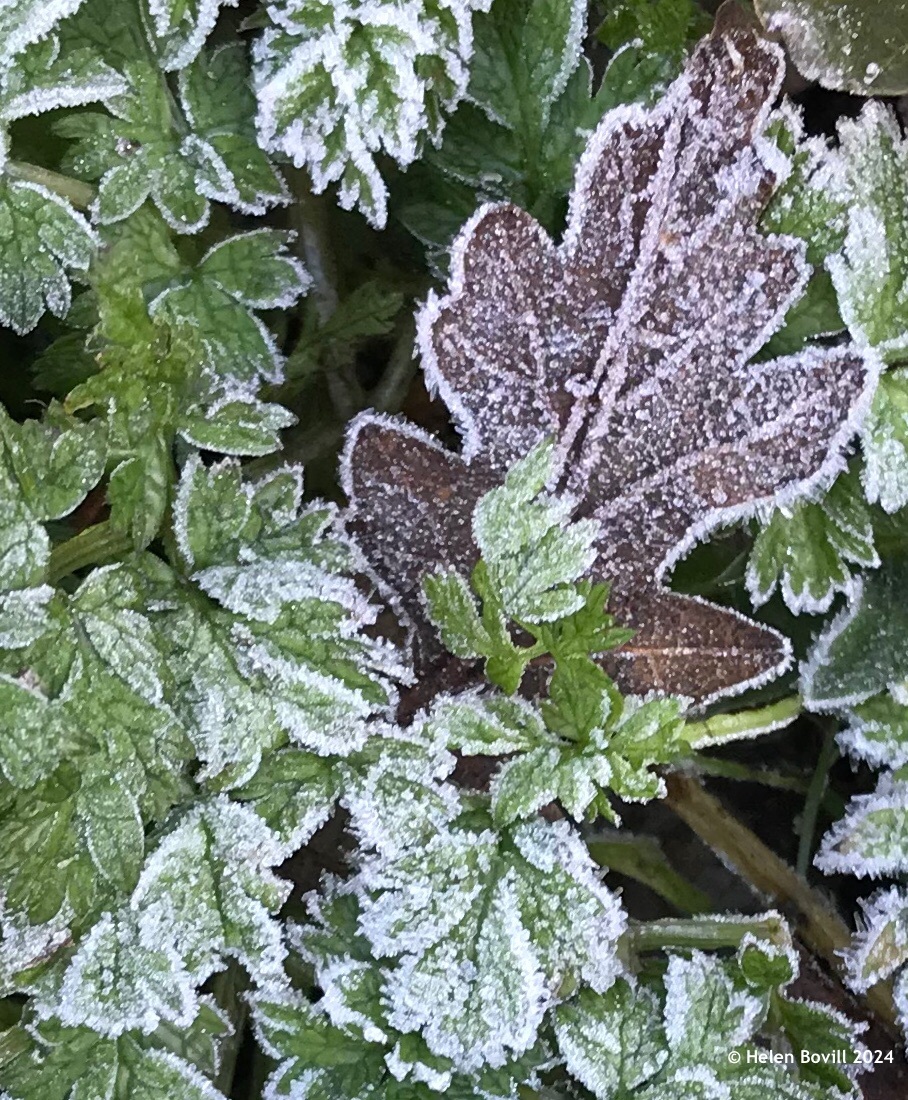
Soon after the cut, I couldn’t find any flowers along the verge so I ventured inside the cemetery to see what I could find. There was nothing lower down, and it was too early for Blackthorn, but I found some catkins on one of the cemetery’s hazel trees.

Then towards the end of the month clusters of snowdrops started to emerge and flower all over the cemetery. I found at least two different types this month. Note how both have been nibbled by the cemetery wildlife.

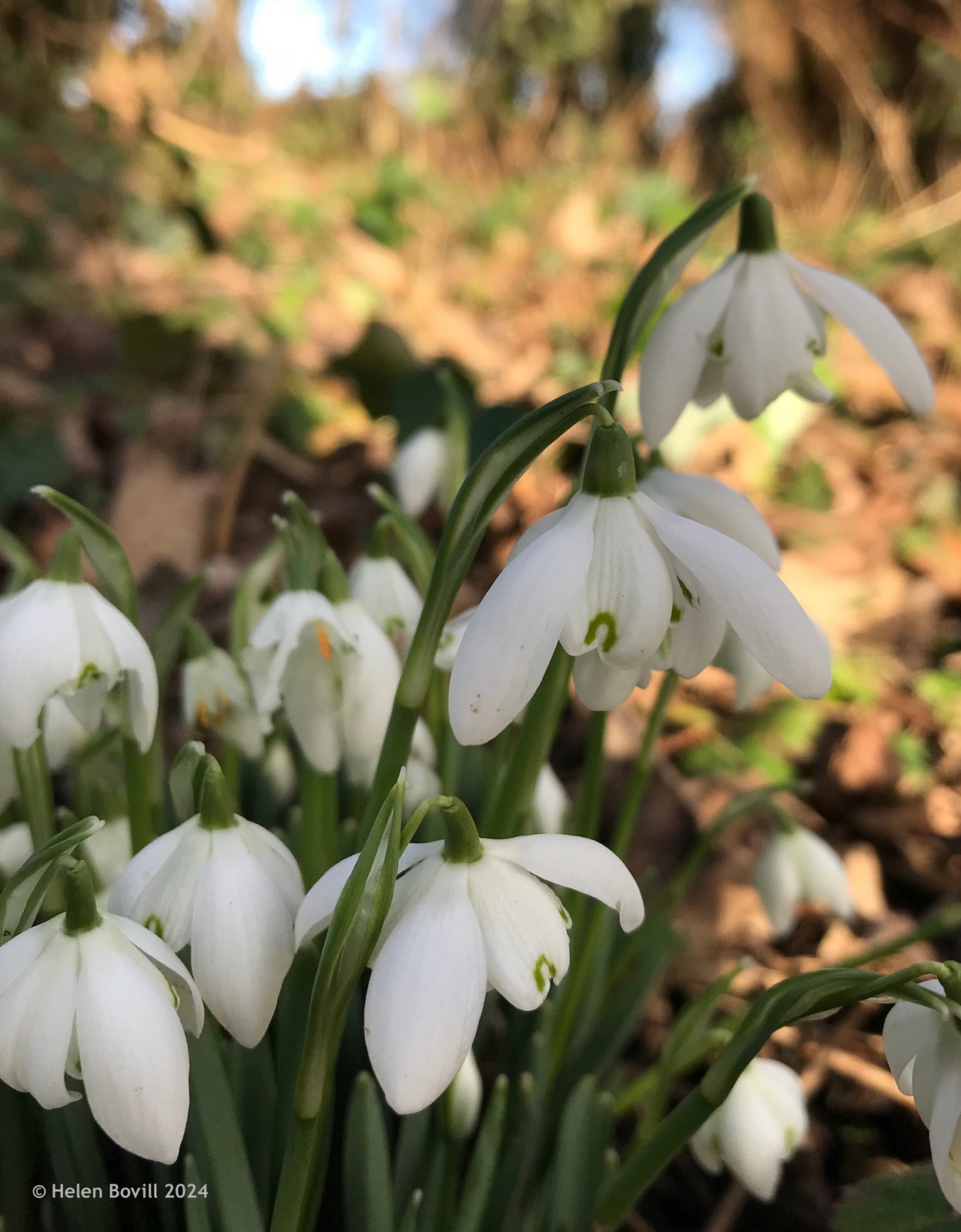
I walked past the grass verge most days, but it wasn’t until the last weekend of the month that I found some flowers growing again, a couple of weeks after it had been cut.
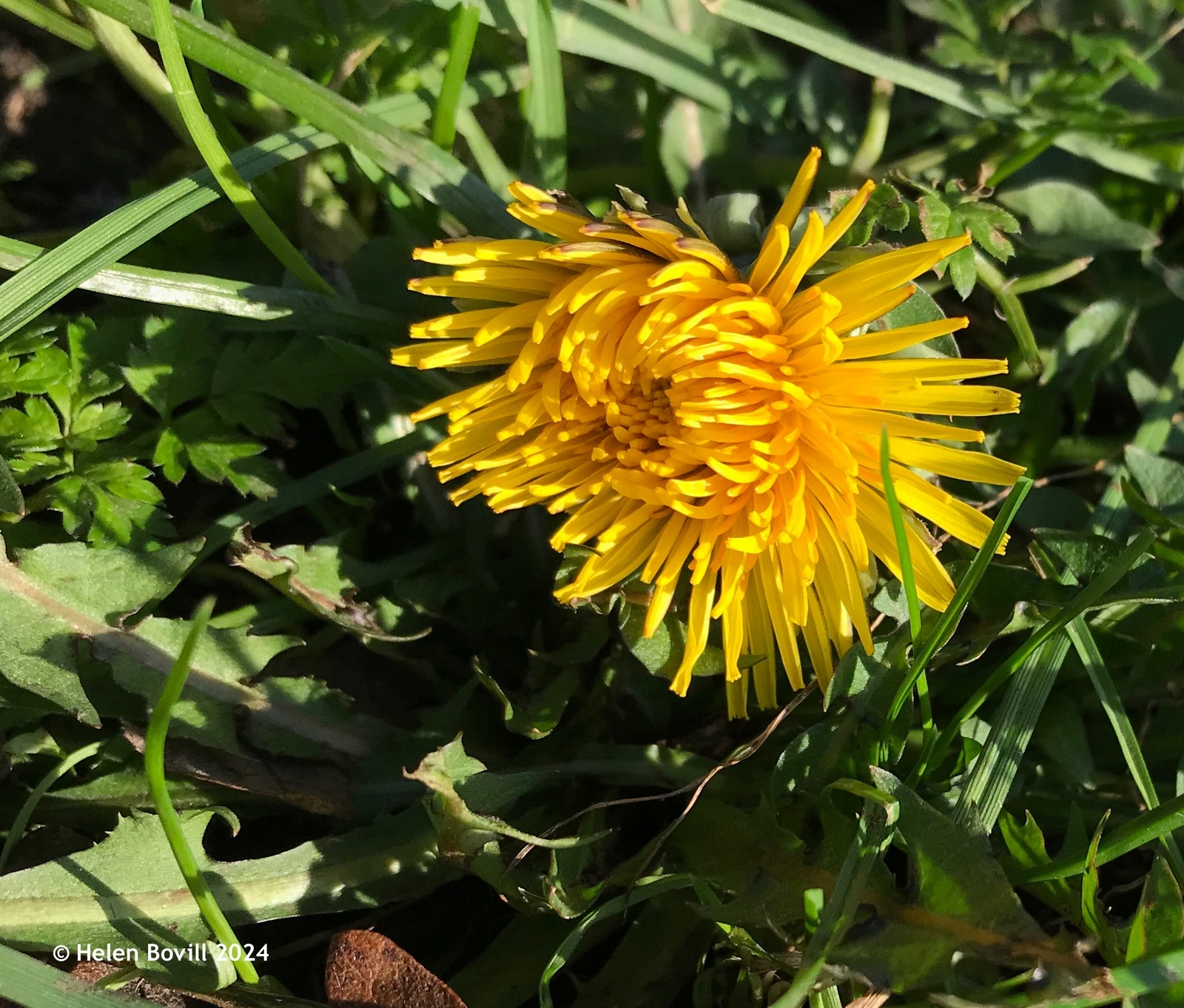
I was also delighted to see my first fully-opened Lesser Celandines of the year, and my first Marmalade Hoverfly of the year on one of the flowers!

Then back inside the cemetery, I found a common dog-violet in flower. I don’t recall seeing one flowering so early in previous years.
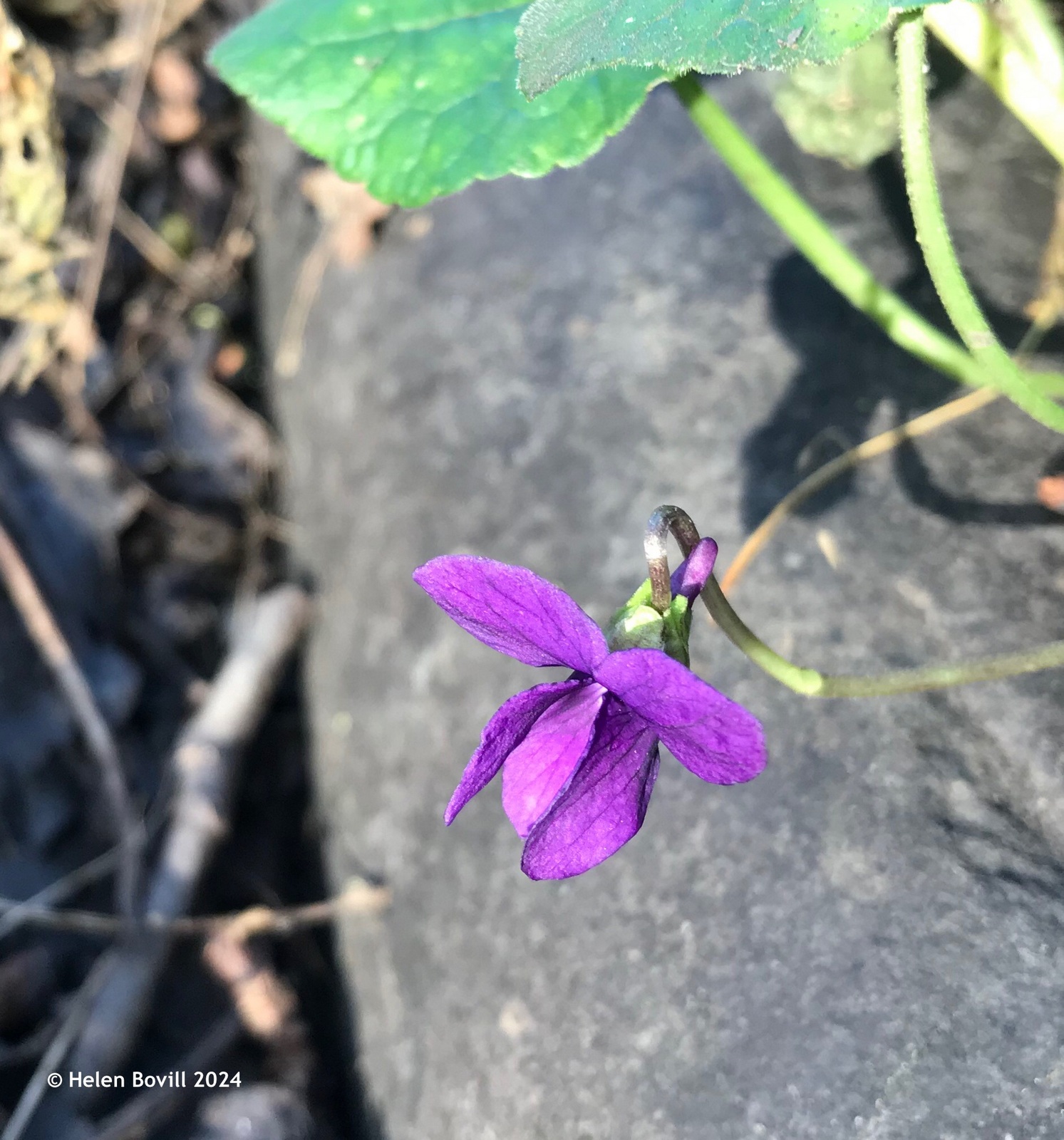
Conclusion
January has been quite a varied month, weather-wise. Even after a day of persistent rain at the end of the month, the footpaths are still easier to walk on than they were last month. The Council provided us with some chippings from some branches they removed from one of the trees overhanging the footpath and road on Spring Bank West. We used these to repair a small area of the southern footpath.
I found a few types of fungi in the cemetery but nothing I hadn’t seen in previous months. Early in the month I was delighted to catch a brief glimpse of a fox one morning. But I’ll end this report, as usual, with the main representative of the mammalian branch of the cemetery wildlife.
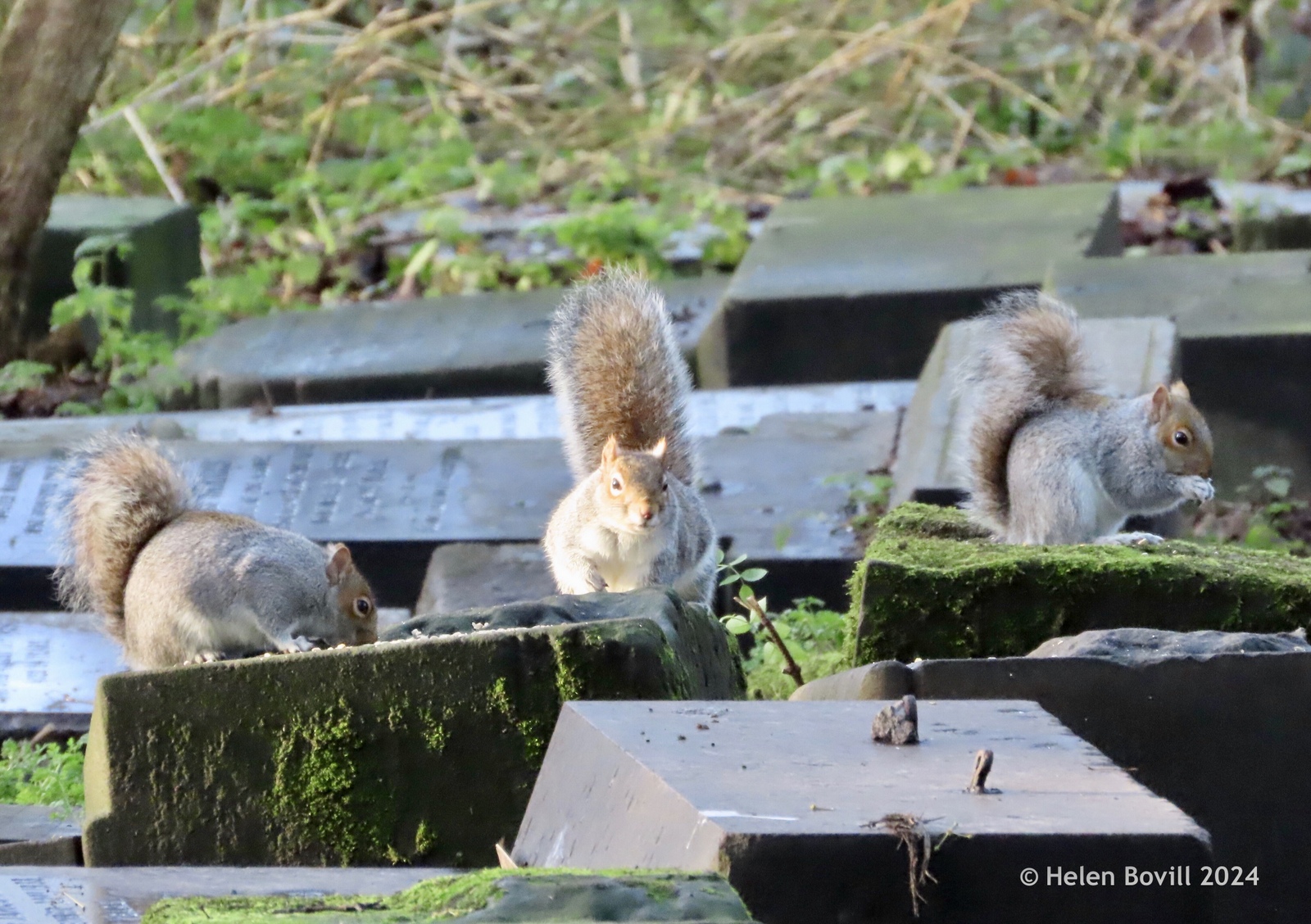
The difference between Goldcrest and Firecrest –
British Garden Birds – Goldcrest (garden-birds.co.uk)


